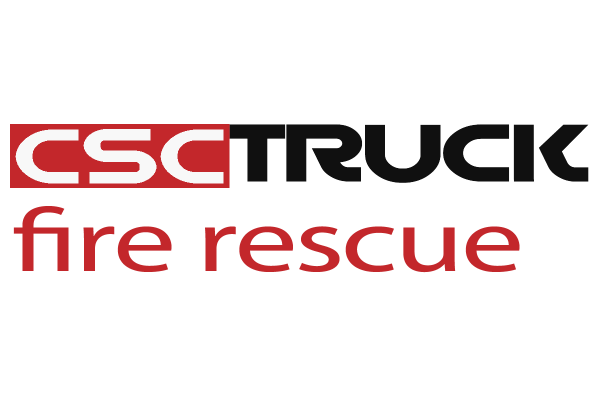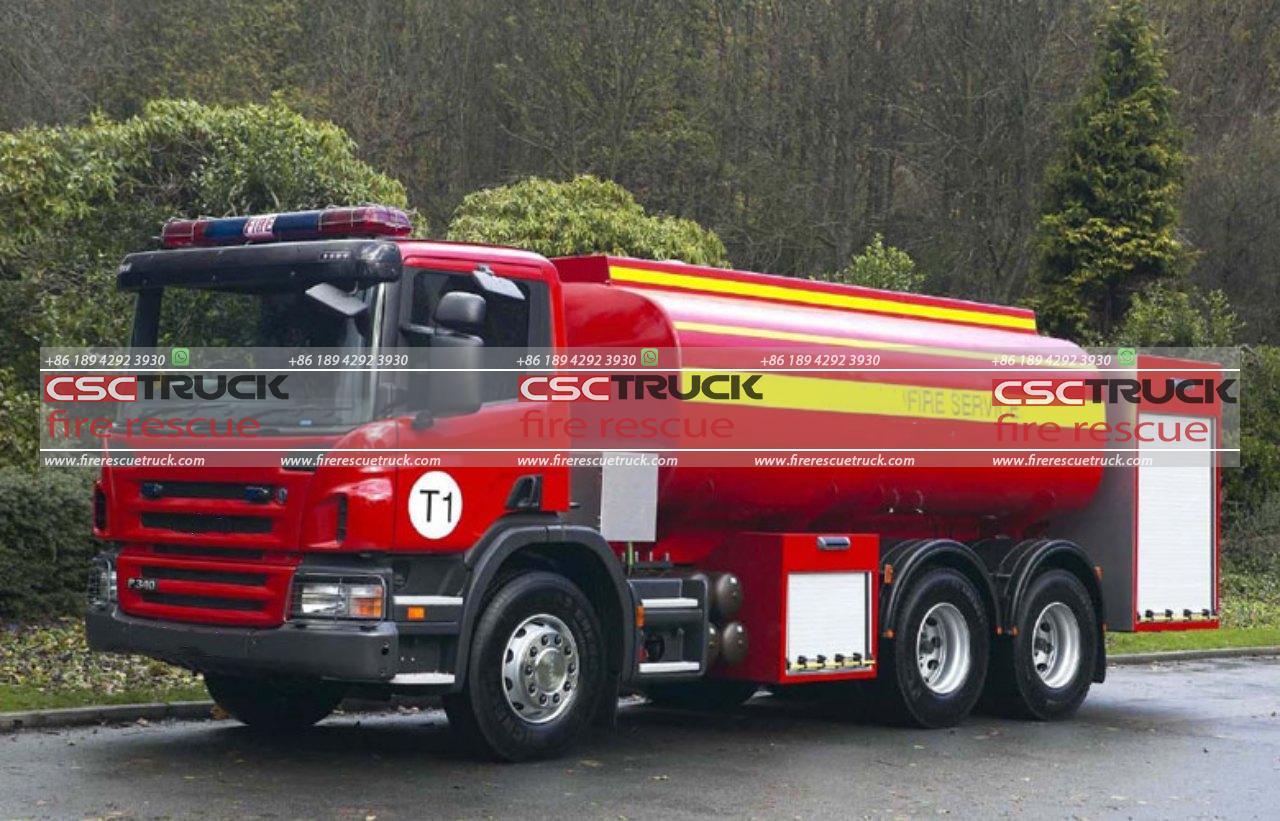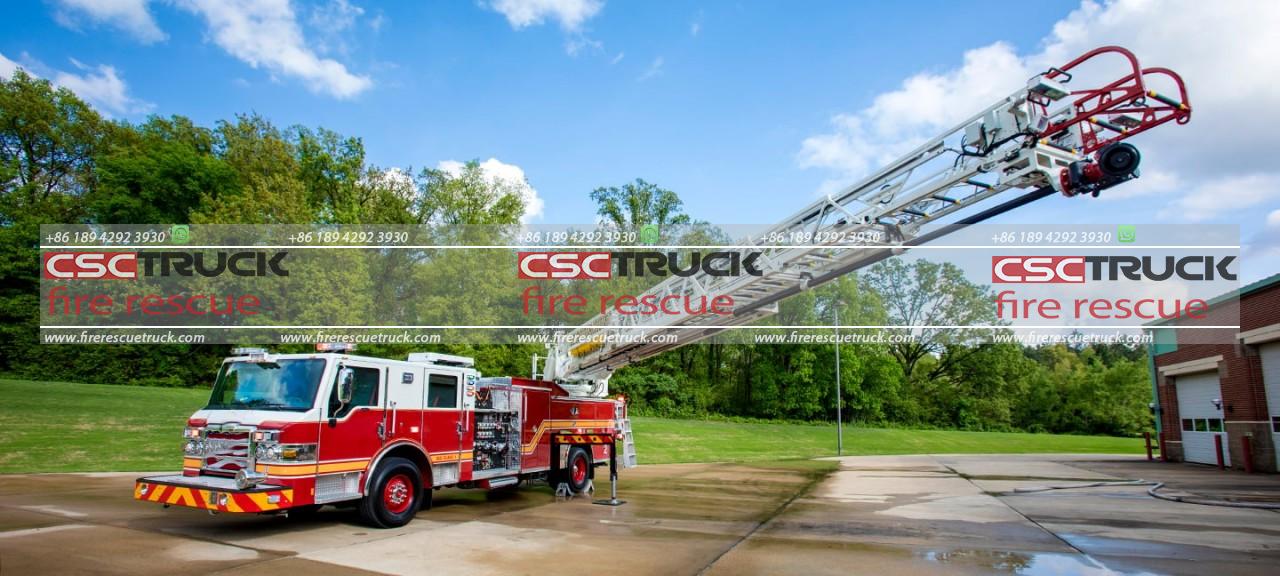Water Foam Fire Truck: Combining Water and Foam for Effective Fire Control
Firefighting is an age-old endeavor that continues to evolve with advancements in technology and techniques. Among the modern tools in a firefighter’s arsenal, the water foam fire truck stands out as a sophisticated and highly effective piece of equipment. This specialized vehicle combines the extinguishing power of water with the enhanced capabilities of foam, making it a vital asset in controlling and extinguishing fires of varying types and intensities. In this article, we will delve into the mechanics, applications, benefits, and future potential of water foam fire trucks.
The Basics of Fire Suppression
Before understanding the specifics of water foam fire trucks, it is crucial to grasp the fundamentals of fire suppression. Fires are classified into different categories based on the materials involved:
- Class A: Fires involving ordinary combustibles like wood, paper, and cloth.
- Class B: Fires fueled by flammable liquids such as gasoline, oil, and grease.
- Class C: Electrical fires.
- Class D: Fires involving combustible metals like magnesium and aluminum.
- Class K: Fires involving cooking oils and fats.
Water is an effective agent for cooling and suppressing Class A fires by reducing heat. However, it may not be sufficient for Class B and Class K fires, where foam agents play a critical role by smothering the fire and cutting off its oxygen supply.
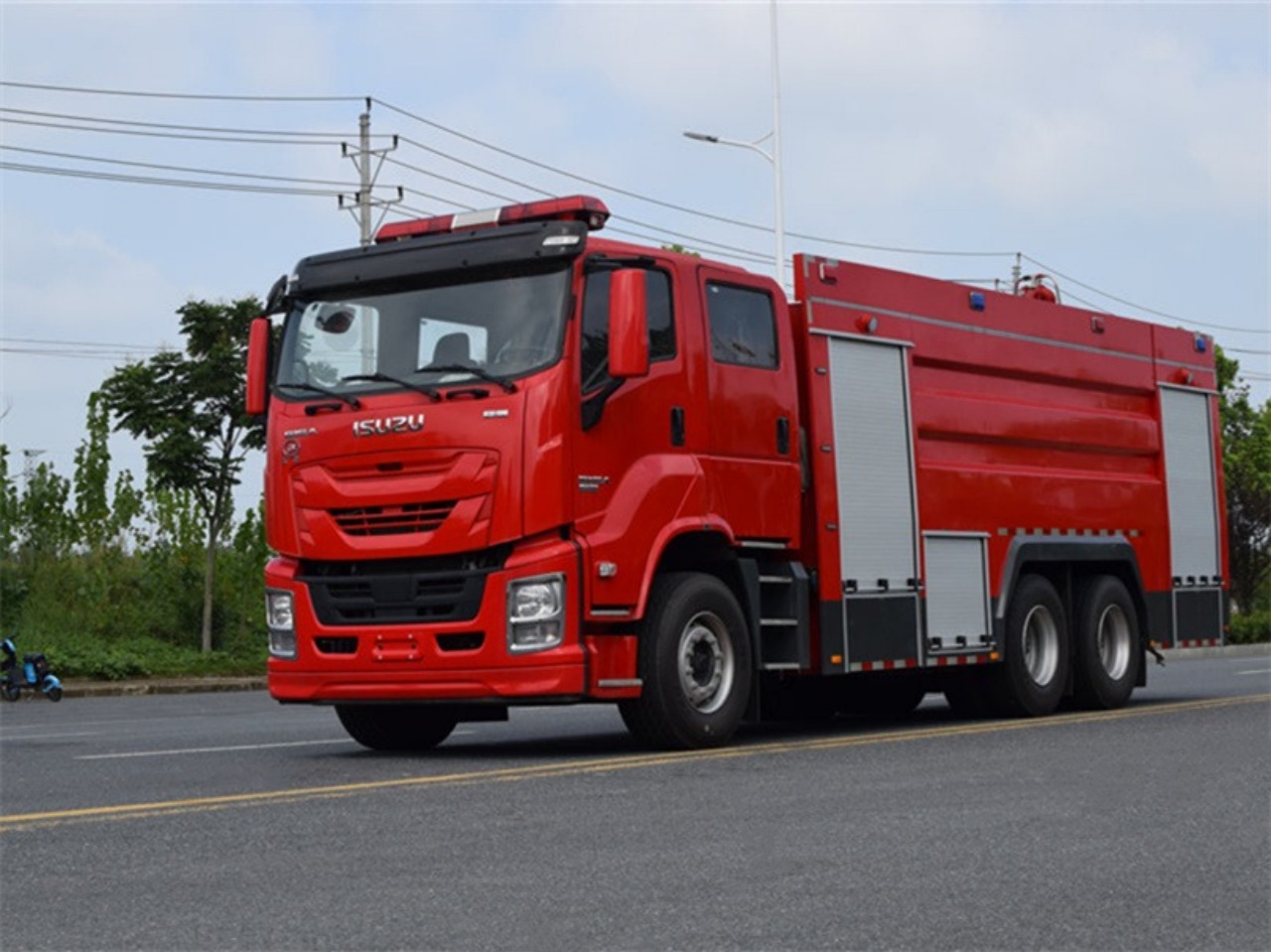
Design and Features of Water Foam Fire Trucks
Water foam fire trucks are engineered to integrate the capabilities of traditional water-based firefighting systems with those of foam-based systems. Key components of these trucks include:
- Water Tanks:
- Typically ranges from 500 to 3,000 gallons in capacity.
- Serve as the primary reservoir for firefighting operations.
- Foam Tanks:
- Smaller tanks are dedicated to storing foam concentrate.
- Capacities generally range from 20 to 500 gallons depending on the truck’s size and application.
- Proportioning Systems:
- Mix water and foam concentrate in precise ratios.
- Can be balanced pressure systems, around-the-pump systems, or direct injection systems.
- Pumps:
- High-capacity pumps capable of delivering water and foam solutions at pressures up to 2,000 gallons per minute (GPM).
- Designed to handle both water and foam without damage or efficiency loss.
- Nozzles and Monitors:
- Specialized nozzles and monitors (fixed or movable) designed for foam application.
- Adjustable for various spray patterns, from narrow streams to wide coverage.
- Hose Reels:
- High-pressure hoses are designed for easy deployment and retrieval.
- Equipped with foam-capable nozzles.
- Control Panels:
- Advanced control systems for adjusting water-to-foam ratios, pressure, and flow rate.
- Often include digital interfaces for real-time monitoring.
How Water Foam Fire Trucks Work
The operation of a water foam fire truck begins with assessing the type and intensity of the fire. Once the appropriate extinguishing agent is determined, the truck’s systems are activated:
- Foam Generation:
- Foam concentrate is drawn from its tank and mixed with water in the desired proportion.
- The mixture passes through the pump, where it is aerated to create foam.
- Delivery to the Fire:
- The foam solution is directed through hoses or monitors to the fire site.
- Depending on the fire’s size and type, operators can adjust the foam’s expansion ratio and application method.
- Extinguishing Action:
- The foam blanket smothers the fire by cutting off its oxygen supply and cooling the affected area.
- In Class B fires, the foam forms a barrier on flammable liquids, preventing vapor release and reignition.
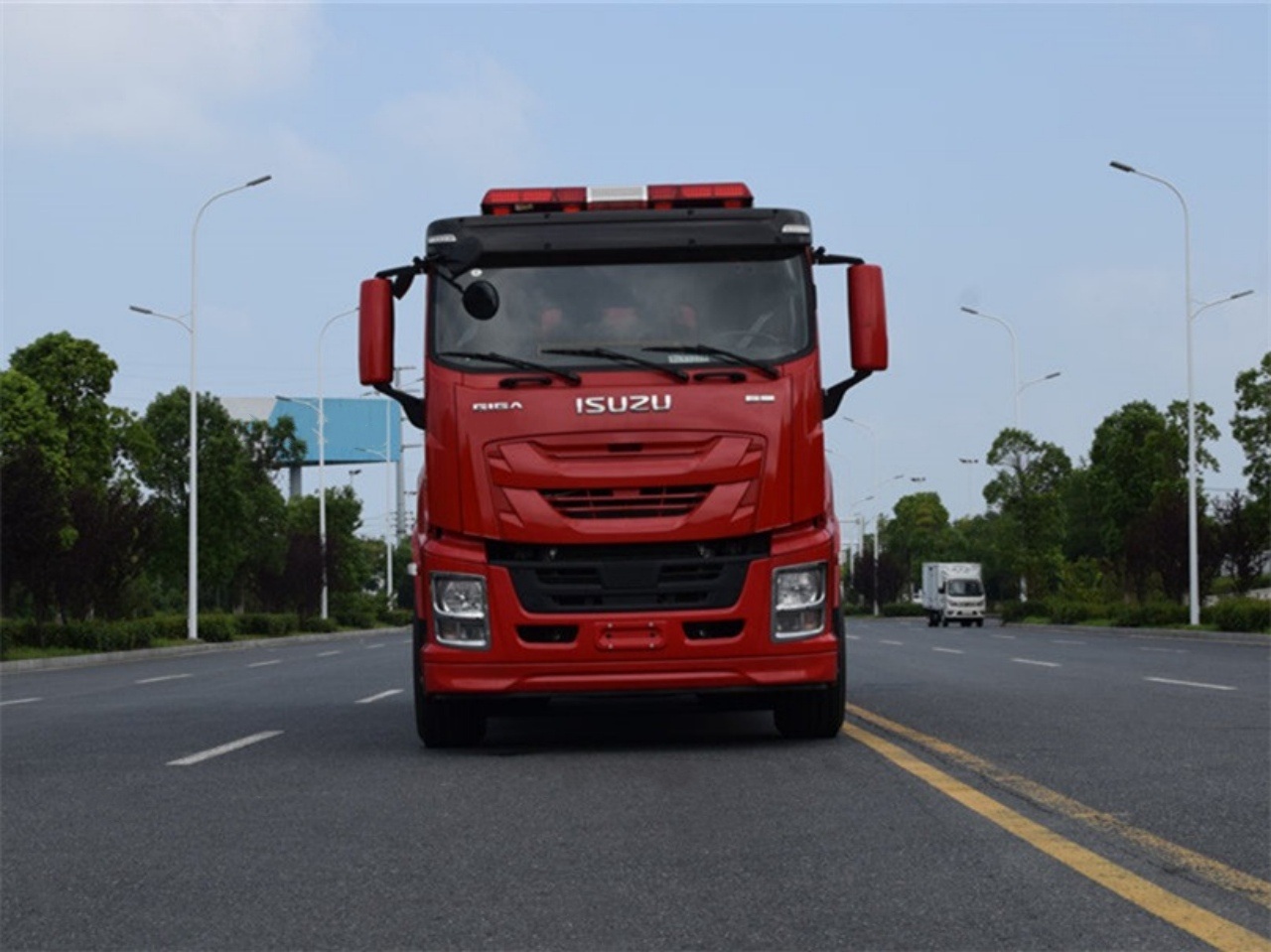
Applications of Water Foam Fire Trucks
Water foam fire trucks are versatile and find applications across various industries and scenarios:
- Urban and Structural Fires:
- Effective in extinguishing fires in residential, commercial, and industrial buildings.
- Foam is particularly useful for high-risk facilities like warehouses storing flammable materials.
- Industrial and Petrochemical Facilities:
- Essential for controlling fires involving oil, gas, and other flammable liquids.
- Widely used in refineries, chemical plants, and storage tank farms.
- Aircraft and Airport Fires:
- Critical for rapid response to aircraft fires and fuel spills.
- Equipped with specialized foam agents for extinguishing jet fuel fires.
- Wildland and Forest Fires:
- Used to create firebreaks by applying foam to vegetation.
- Foam’s ability to adhere to vertical surfaces enhances its effectiveness in protecting structures.
- Marine and Offshore Applications:
- Deployed on ships and offshore platforms for combating oil and gas fires.
- Saltwater-compatible systems ensure reliability in marine environments.
Advantages of Water Foam Fire Trucks
The integration of water and foam in firefighting equipment offers numerous benefits:
- Enhanced Firefighting Capability:
- Combines cooling and smothering actions for greater efficiency.
- Effective against multiple fire classes, reducing the need for separate equipment.
- Reduced Water Damage:
- Foam requires less water to achieve the same extinguishing effect.
- Minimizes collateral damage to property and the environment.
- Versatility:
- Adaptable to diverse firefighting scenarios.
- Can be used with different types of foam, including aqueous film-forming foam (AFFF) and protein-based foam.
- Improved Safety:
- Faster extinguishing reduces exposure time for firefighters.
- Foam’s ability to prevent reignition enhances overall safety.
- Environmental Considerations:
- Modern foam concentrates are increasingly biodegradable and environmentally friendly.
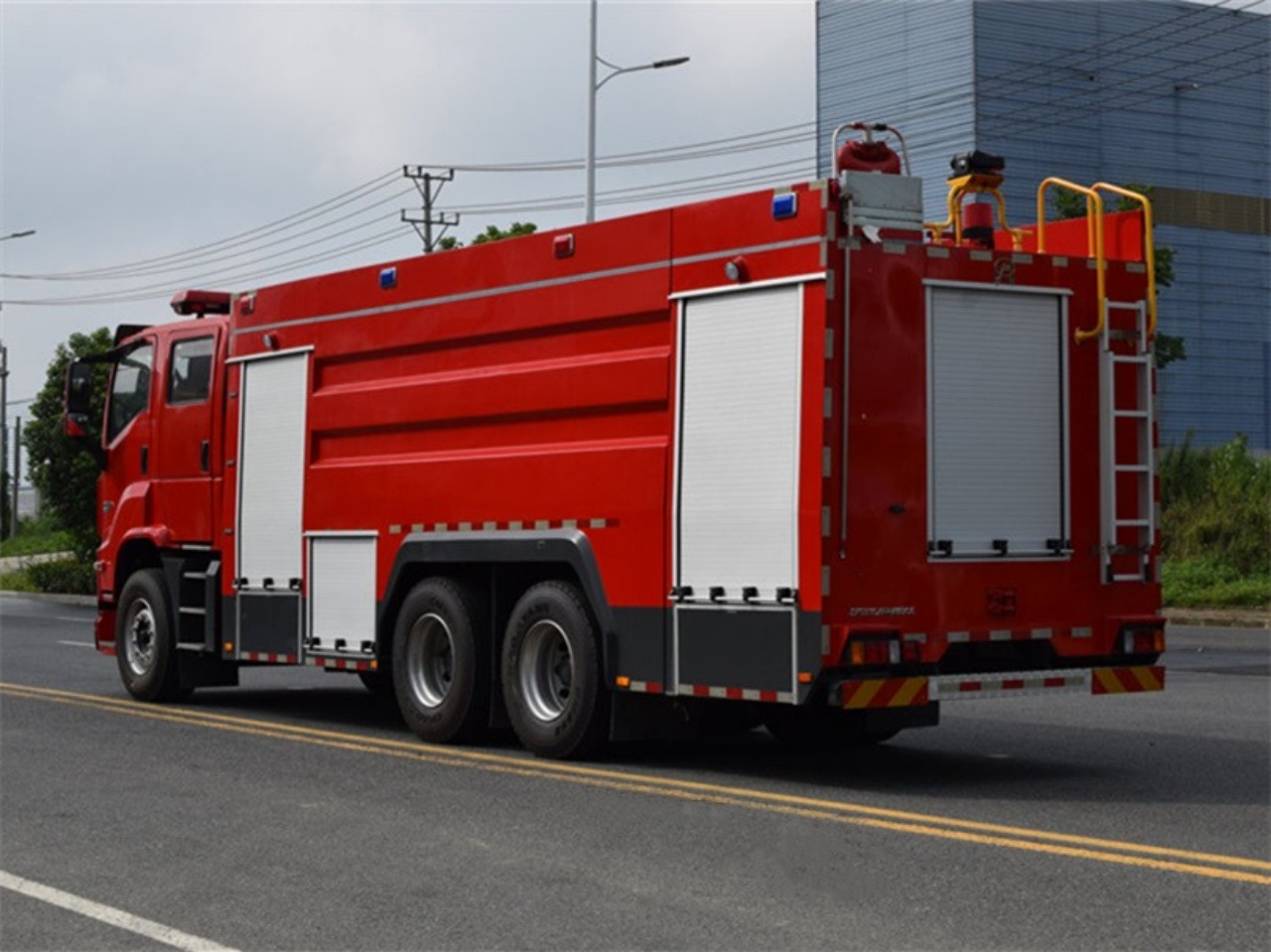
Challenges and Considerations
Despite their advantages, water foam fire trucks come with certain challenges:
- Cost:
- Higher initial investment and maintenance costs compared to standard fire trucks.
- Training Requirements:
- Firefighters must be trained in foam application techniques and system operation.
- Environmental Impact:
- Older foam formulations can contain harmful chemicals like perfluoroalkyl and polyfluoroalkyl substances (PFAS).
- Proper disposal and containment are essential to mitigate environmental risks.
- Complexity:
- Advanced systems require regular maintenance to ensure reliability.
The Future of Water Foam Fire Trucks
As technology advances, water foam fire trucks are expected to become even more effective and sustainable. Innovations on the horizon include:
- Smart Systems:
- Integration of artificial intelligence and IoT for real-time monitoring and automated adjustments.
- Eco-Friendly Foams:
- Development of foams with reduced environmental impact.
- Focus on non-toxic, fluorine-free formulations.
- Enhanced Mobility:
- Lightweight designs and electric drivetrains for better maneuverability and reduced carbon footprint.
- Improved Proportioning Systems:
- Advanced systems for more precise foam-to-water ratios.
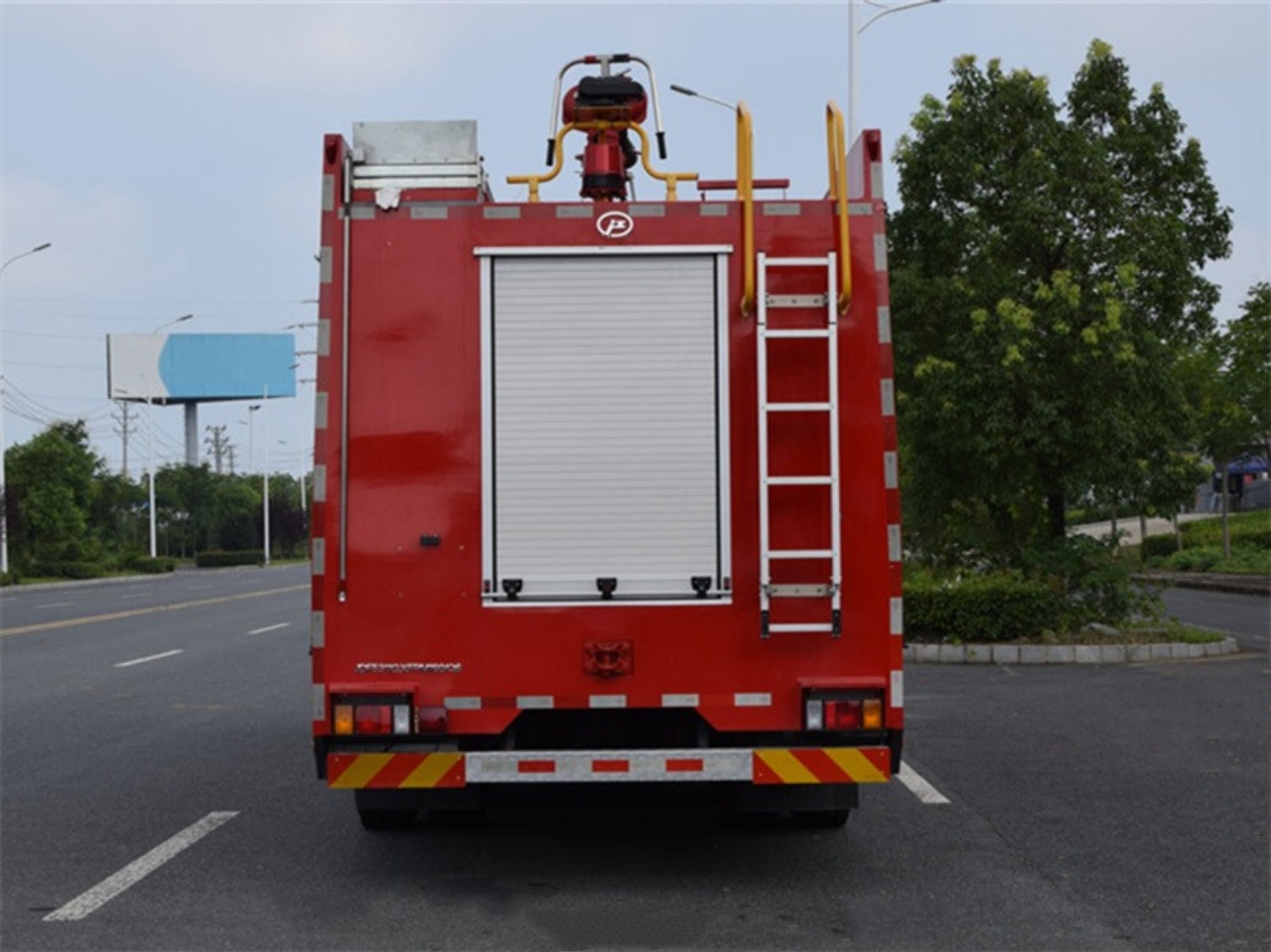
Conclusion
Water foam fire trucks represent a pinnacle of firefighting technology, blending the strengths of water and foam to tackle a wide range of fire scenarios. Their versatility, efficiency, and adaptability make them indispensable in modern firefighting operations. As technology continues to evolve, these trucks will undoubtedly play an even more significant role in ensuring safety and protecting property worldwide.
